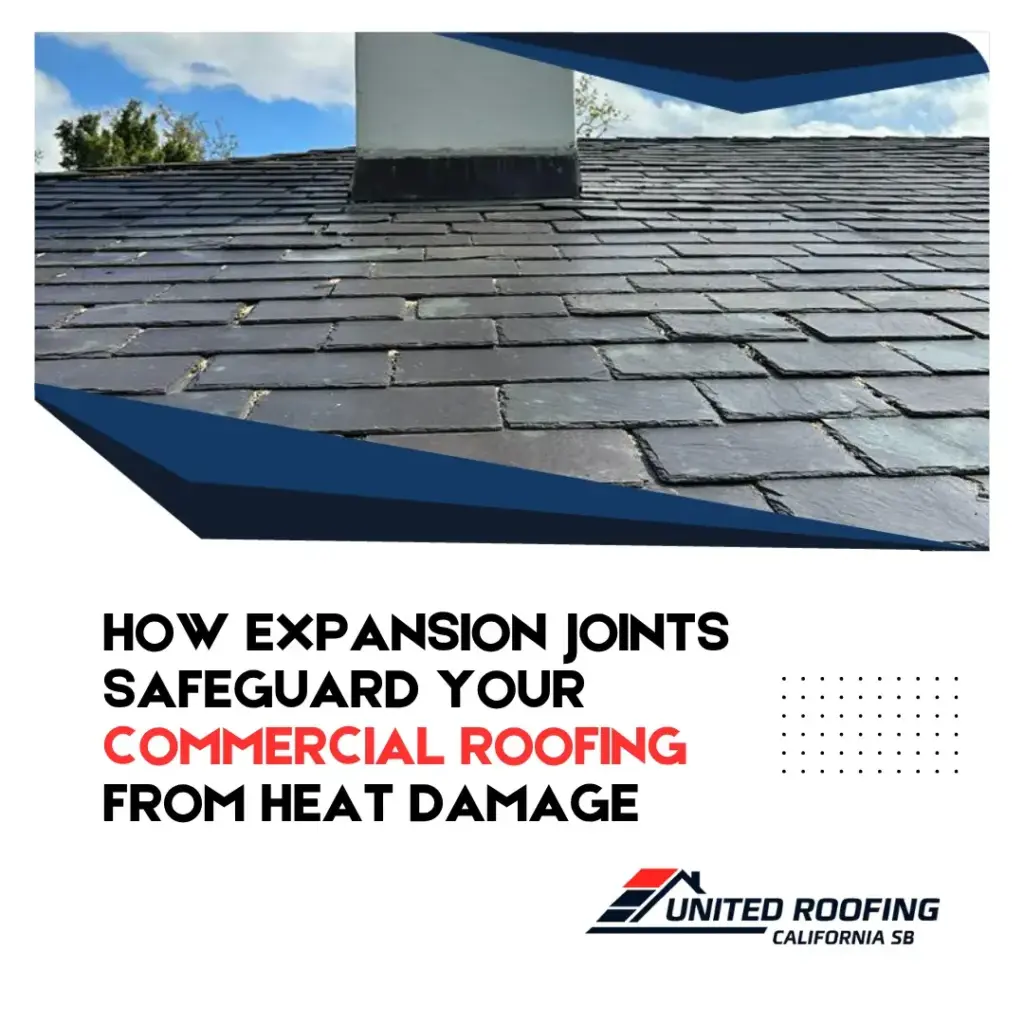Heat is one of the most persistent stressors on commercial roofing systems. Prolonged exposure to high temperatures causes materials to expand, and when the temperature drops, they contract. This repetitive cycle—known as thermal movement—can lead to cracks, warping, and long-term system failure if not managed correctly. Expansion joints are the engineered solution to this problem. When integrated into the design, they absorb movement and reduce the risk of heat-induced damage, protecting your roofing investment for the long haul.
The Link Between Thermal Stress and Roofing Damage
In commercial roofing, surface temperatures can exceed ambient air temperature by 30 to 60 degrees Fahrenheit, especially on dark or poorly ventilated systems. As the roofing materials heat up, they expand; when the sun sets or the weather shifts, they contract. Without room to move, the strain from this process begins to pull seams apart, degrade adhesives, and create micro-tears in the membrane. Over time, these stress points become entryways for moisture and lead to system failure. Preventing this thermal stress is a key part of designing a high-performance commercial roofing system.
How Expansion Joints Reduce Risk
Expansion joints are flexible assemblies installed at calculated intervals across the roof. Their primary purpose is to allow independent movement of different sections of the structure without tearing or stressing the roofing membrane. These joints are particularly important on roofs with long spans, irregular shapes, or connections between different building sections. By absorbing expansion and contraction forces, they prevent heat damage from compromising the roof’s waterproofing and structural performance, making them an essential part of modern commercial roofing design.
Where Expansion Joints Make the Greatest Impact
Not all areas of a roof experience heat stress equally. Expansion joints are most effective when placed in locations where materials tend to shift the most—along large uninterrupted sections, elevation transitions, and where additions connect to existing buildings. These are high-tension zones where thermal movement can be most destructive. Strategic joint placement relieves pressure in these critical zones, preserving both the roofing membrane and the underlying structure beneath it.
Planning for Long-Term Thermal Protection
Safeguarding your roof from heat damage starts in the planning phase. Roofing professionals must consider the building’s orientation, climate exposure, material selection, and structural design when laying out expansion joints. Regular maintenance and inspection of these joints ensure they remain flexible and sealed, preventing them from becoming weak points over time. When done correctly, expansion joints don’t just react to heat—they actively preserve the longevity and function of your commercial roof.
Learn More

